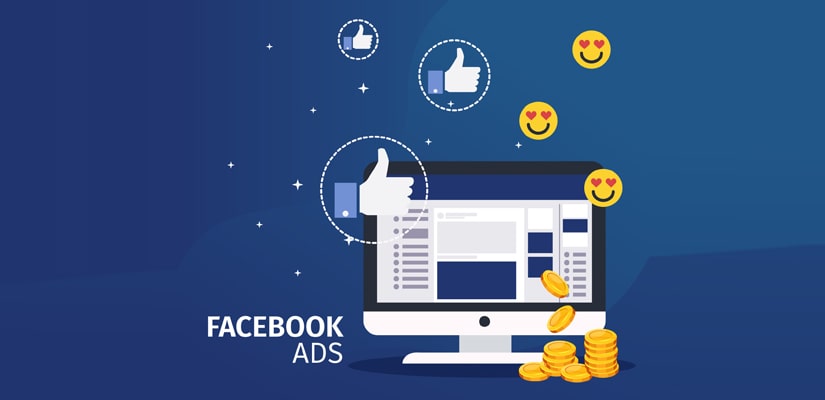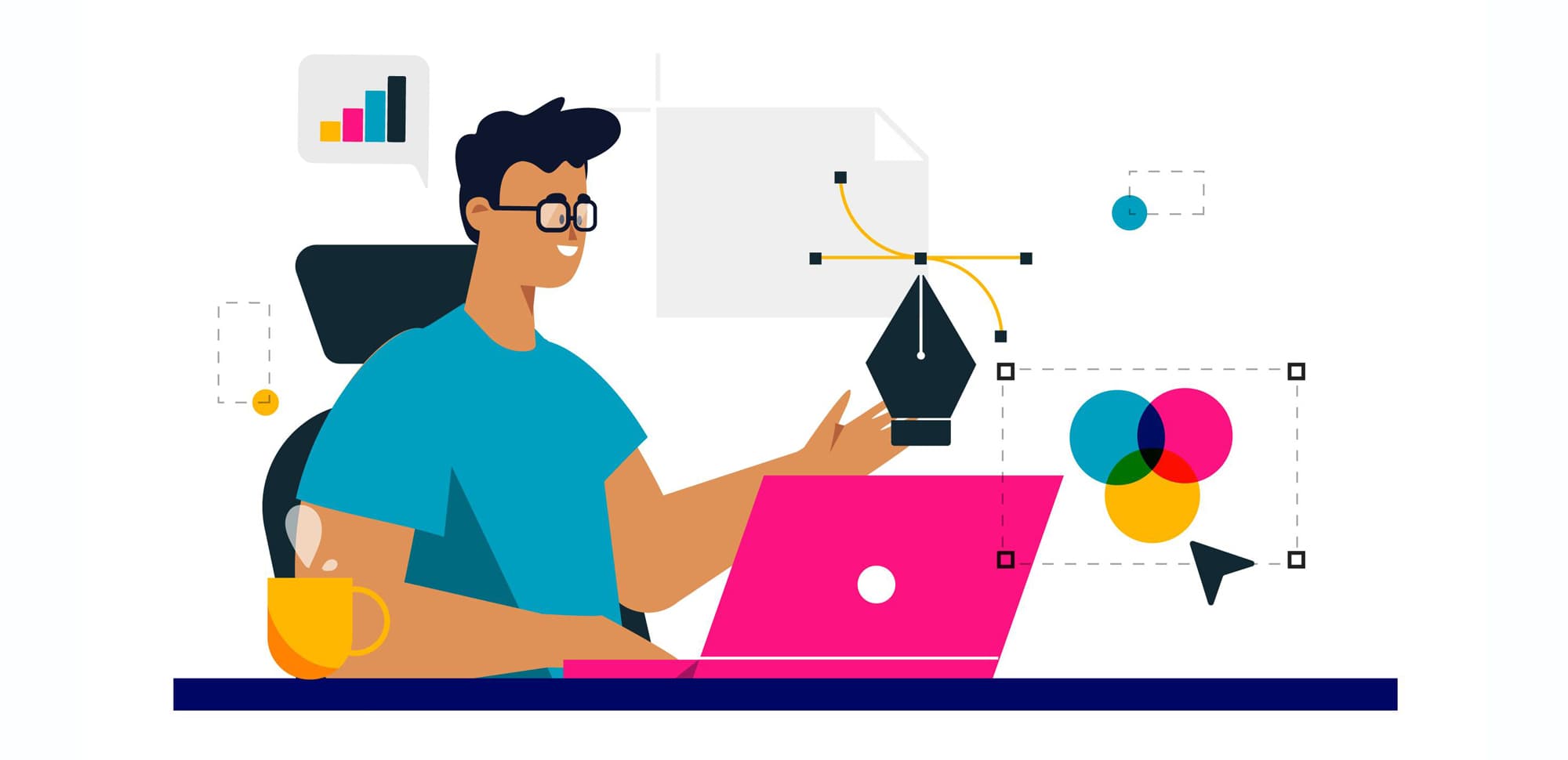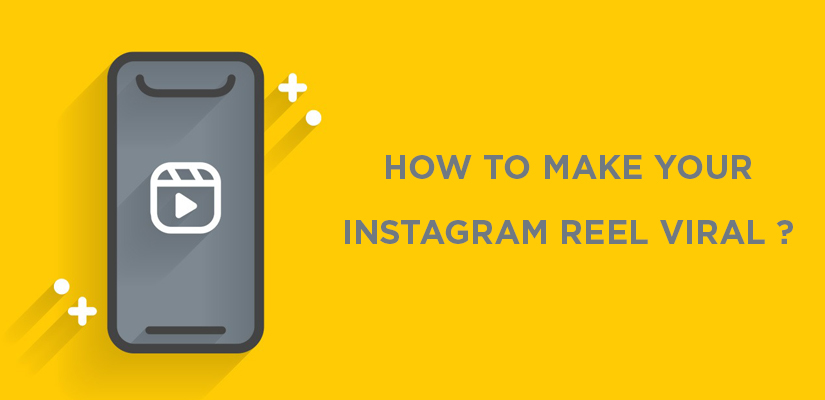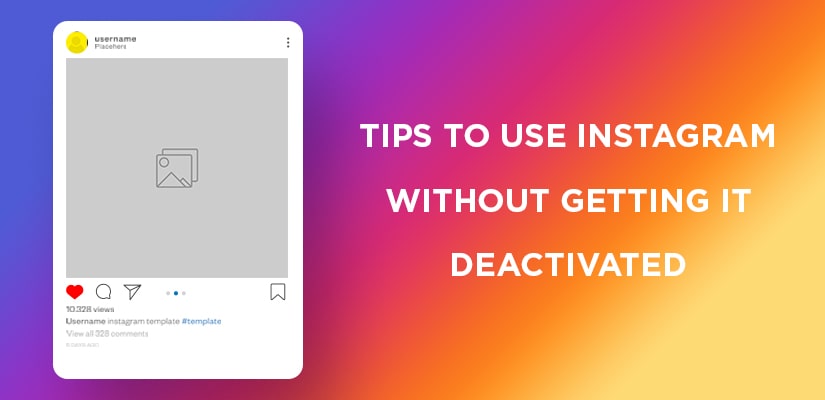Social media has become an important part of our business growth in recent days. The business may surely lose out its customers if it doesn’t have a presence on social media platforms. This is why we find even the small brands are trying to run social advertisements and engagement to boost their reach and conversions. But still many of us have one question in common and that is: Do Facebook ads work?
Till June 2017, Facebook has more than 2 billion monthly active users. Facebook is the most popular site among all the social media platforms. Facebook is accepted by a wide range of demographics, be it for personal use or a professional one.
Understanding how Facebook ads are effective now is more important than ever before. It is important for us to know how our posts can be seen by the right customers at the right time as we know it is a part of every effective social media strategy.
This platform gives the opportunity to reach a targetted mass audience, almost62% of marketers say it is only for paying and playing and ends up missing their targetted audiences.
Facebook ads work when it is executed properly with the correct strategy. However, before we go deep into many types of Facebook ads that your business should experiment with, let’s first understand
How Do Facebook Ads Work?
Many firms which are new to social media marketing, often doubt the power of Facebook ads. They continually debate on whether if the Facebook ads would work for their market or product. Which is why we ourselves need to test and confirm before executing an ad campaign.
Almost 30% of the marketers don’t know it fails to distinguish between paid search and paid social campaigns. Now, that’s a big number.
To let them know, Paid search helps your target market find your business or brand, while Paid social campaigns help your firm or brand find potential customers.
Facebook advertising lets you reach out to targeted customers effectively. It helps you target specific user that is likely to be interested in the products and services of the brand.
The number one step that you as an advertiser for your firm should take is to set the goal of your ad campaign. It may be:
– Drive relevant traffic to your site?
– Generate more leads?
– Encourage users to interact with your page?
– Secure more sales?
– Expand your brand’s reach?
The clearer your firm is about the goal, the better results you will see quickly through Facebook ads campaign. Running one ad at a time or try with multiple goals to understand what is giving you the highest ROI.
The audience segmentation on Facebook helps you define how your ideal customer looks like. It all depends on how well you understand your consumers, and how effectively you’re able to gather the data into the ads. Even the type of format you select for your campaigns tend to influence the outcome you get.
Your ads are based on the following factors such as:
– What your business has to offer?
– The industry you are in.
– The niche you are targeting
– The campaign goals you have and much more
Let’s take a look at the several types of Facebook ads you can run for your firm and what objective they can serve us.
It goes on as:
1) Engagement Ads
2) Page Likes
3) Post Promotion
4) Brand Awareness
5) Acquisition Ads
6) Website Conversions
7) Localized Ads
8) Website Clicks
9) Event Promotions
10) Offer Promotions
11) Lead Generation Ads
Once you have chosen the goal of your campaign and the ad you are going to run, it is now time to focus on how you can maximize the results.
Having run campaigns that have performed well in both the B2B and B2C markets, and worked with different formats, here are some of the best practices you stand by for effective results. Perform these practices if you want to optimize your ads for maximum results on your budget.
1) First, Target Your Existing Audience
2) Conduct Split Testing on Ads
3) Split Test Ad Targeting
4) Set up A Custom Audience
5) Retarget to Generate Leads
6) Emphasize On Customer Emotions
This is how you can perform and plan your strategies. Lastly, remember to stay as creative as possible. Because remaining static creates boredom which kills conversions. And that’s not what you want. Also, nobody wants.






